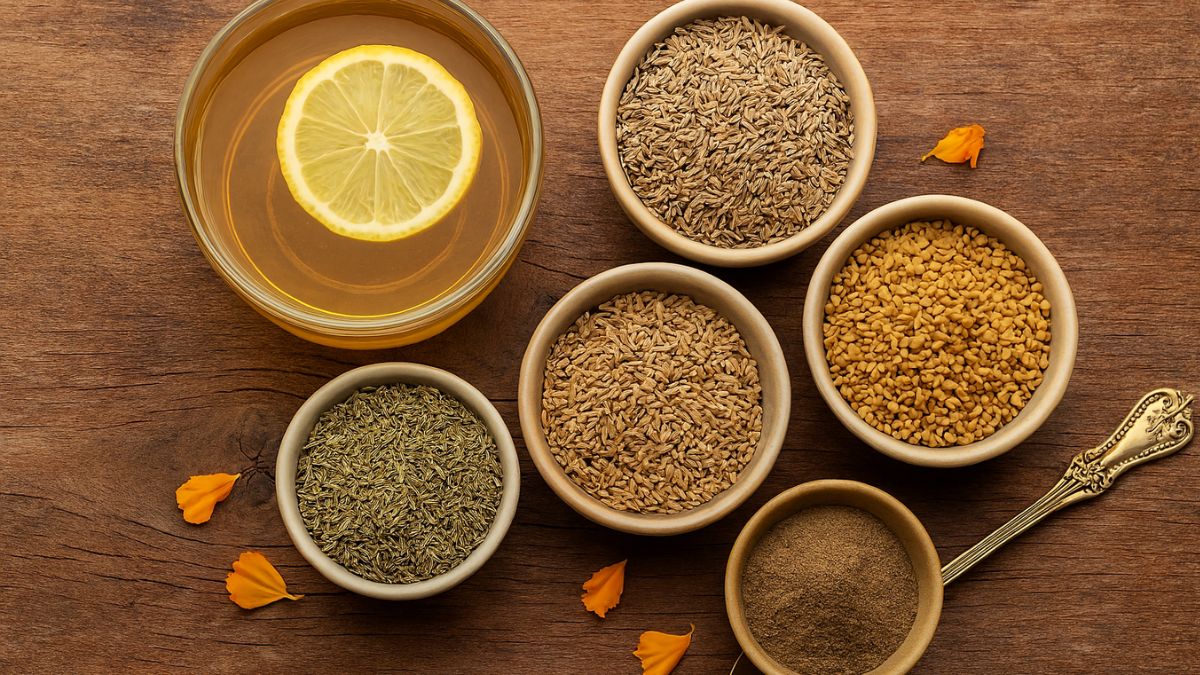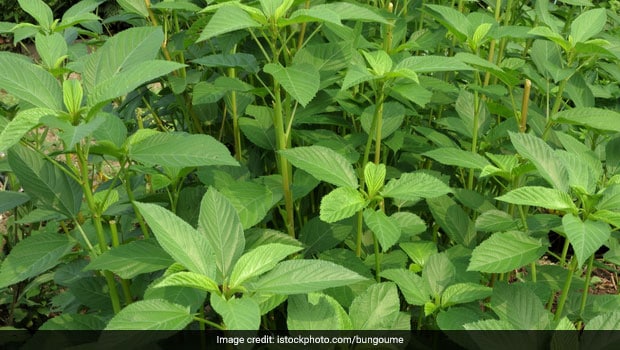Jute leaves may not be known to many, but they are a part of the jute plant that's mostly cultivated in Asia, the Middle East, and parts of Africa. Jute leaves are used as a food source in these regions; in fact, they are said to add a distinct flavour to food and also act as thickeners in soups, stews and sauces. Jute leaves are also known as saluyot, ewedu or lalo, depending on the region they are being cultivated or cooked in. The leaves have slightly toothed edges. When harvested young, jute leaves are generally flavourful and tender; on the other hand, older leaves tend to be fibrous and woody. Scientifically known as Corchorus Olitorius, parts of jute plants are used in many ways. While jute stems are used to make rope, paper and a variety of other products, jute leaves are not just for culinary uses but also are known for their medicinal properties.
How are jute leaves used?
Here's what you need to know about its uses in the culinary and medicine world.
1. In most parts of Nigeria, they are prepared into a sticky soup known as ewedu along with other ingredients including sweet potato, dried small fish or shrimp.
2.People prepare soups, stews, curries, vegetable dishes, and sometimes teas and tisanes using jute leaves.
3.The leaves tend to get gluey or sticky, like bhindi or okra, which is another common vegetable thickener.
4.Like spinach and other leafy green vegetables, jute leaves can be cooked whole or can be loosely chopped so as to blend better with other foods and ingredients.
5.In Philippines, the leaves are cooked in a vegetable dish known as saluyot, prepared with bitter gourd, bamboo shoots, et al. The vegetable dish a slimy texture.
(Also Read: 8 Lesser Known Greens We Should All Be Eating)

Jute leaves are said to be a good source of beta-carotene
6.The more the jute leaves are cooked, the denser, gooey and slimy they become; something which is not appetising.
7.Jute leaves are available in fresh, frozen or dried form. They are mostly available in local farmers' markets.
8.Jute leaves are said to be a good source of beta-carotene, which is why it is used in medicines in most parts in Africa and Middle East.
9.Jute leaves are said to contain iron, protein, vitamin A, C and E, thiamine, riboflavin, niacin, folate and dietary fibres..
10.The leaves are said to have anti-inflammatory properties, which may prevent conditions like arthritis, acne, asthma, cold, et al.
Jute leaves may not be commonly available, but you may find them in farmers' markets or supermarkets. Do let us know if you have tried jute leaves in the comment section below.








